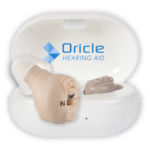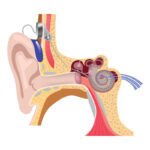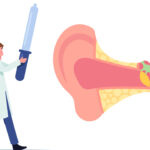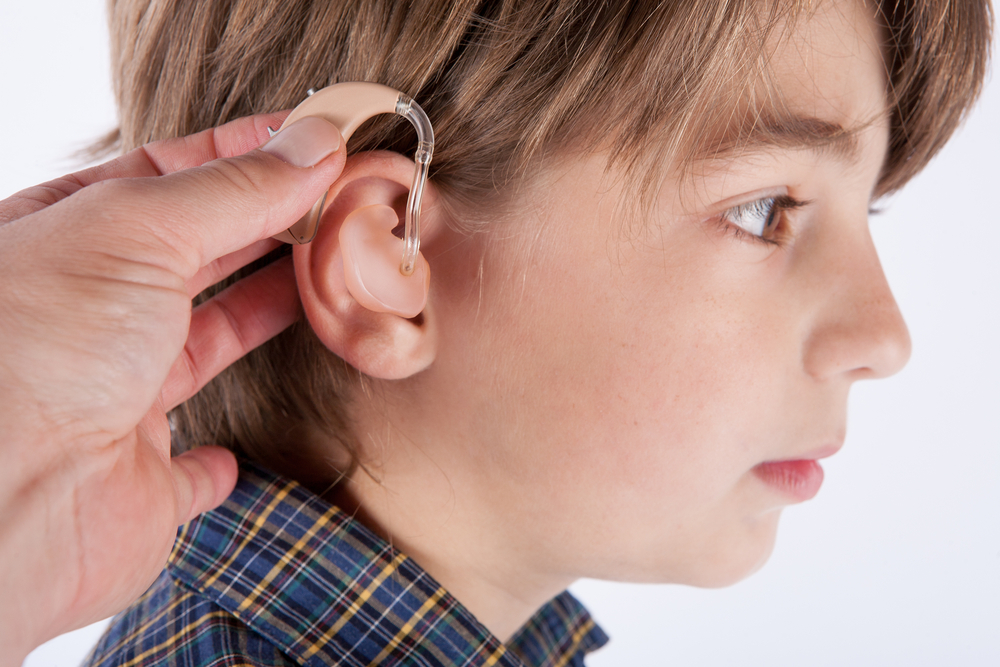Hearing Aids For Severe Hearing Loss
Hearing aids for severe cases can be beneficial to both a person's hearing ability and their ability to understand speech. Hearing loss is a sensorineural condition resulting from damage to the hair cells inside the inner ear. Several factors can cause hair cell damage, including disease, aging, loud noises, and certain medicines. But whatever the cause, hearing aids can help restore the person's hearing to its previous level.
Behind-the-ear (BTE) hearing aids
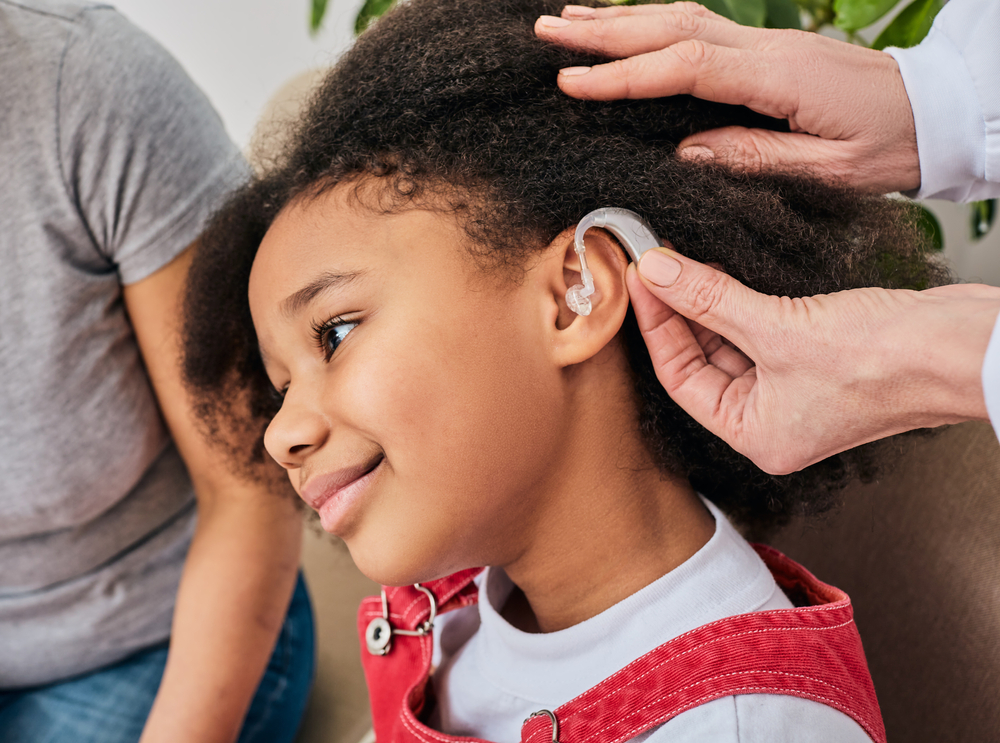
Behind-the-ear (BTE) devices are small and hidden. Most components are housed in a plastic case, with the microphone and controls located on the back of the outer ear. These devices are typically the most powerful and are suitable for severe to profound hearing loss. These hearing aids come in different shapes, sizes, and colors, and are very easy to operate. They are also relatively sturdy.
A BTE hearing aid has all of its electronic components located outside the ear canal, making it less likely to get damaged by moisture or wax. While ear wax is the number one cause of hearing aid damage, this substance can be easily removed with a blower. You can also clean the earmold with warm water and soap. These hearing aids can last for several years if you take good care of them.
BTE devices are a great option for people with severe hearing loss. BTE devices help to transmit sound to the brain. As a result, they can improve speech understanding and reduce the burden of listening. As technology improves, more advanced models have many benefits. Many BTE hearing aids come with Bluetooth technology and can be streamed directly to a mobile phone. To find out if this device is right for you, visit your hearing care provider.
Another option is the receiver-in-the-ear (RIC) hearing aid. This hearing aid is similar to BTE but is much smaller. It sits inside the ear canal and transmits sound directly to the eardrum. RIC hearing aids are available in various colors and are suitable for mild to severe hearing loss. These devices are discreet and automatic.
They are also available in many styles.
BTE devices are an excellent option for severe hearing loss. Some models offer advanced technology and are extremely comfortable to wear. However, the benefits of this technology far outweigh the disadvantages. For example, they offer a one-time replacement and unlimited repairs. Additionally, they offer a 45-day guarantee. The downside to BTE hearing aids is that they don't pick up low-frequency sounds consistent, which is important for people with mild to moderate hearing loss.
Cochlear implants
The cochlear implant is an electronic device that bypasses damaged parts of the ear to directly stimulate the auditory nerve, which connects to the part of the brain responsible for hearing and processing sounds. After surgery, patients cannot return to wearing hearing aids. The implant is surgically implanted in the inner ear, where a component is attached behind the ear. The procedure is typically an outpatient procedure.
Before the implant is installed, a person with severe hearing loss must undergo extensive audiological, psychological, and medical testing. Imaging studies are also necessary. Some patients are also given counseling. The surgery is an outpatient procedure that usually lasts about two to four hours. After the surgery, the candidate cannot hear for a few days, and he or she must recover from the procedure before the implant is activated. A speech-language pathologist is often involved in the treatment.
The actual surgical procedure is fairly simple. After a thorough exam of your condition, the physician will place the implant receiver under the skin behind the ear. Electrodes are then threaded through the cochlea to stimulate the auditory nerve. After the surgery, the incision will heal and the patient will return to normal activities. The cochlear implant is not turned on until the incision is fully healed.
After the cochlear implant is installed, your child will need time to rewire its own brain. The brain adapts to the implant after three to six months. People with severe hearing loss may experience social isolation and signs of depression. They may require a strong support system. Your family and friends can offer emotional and psychological support during this process. The patient should also participate in rehabilitation. The sooner they start working on their communication skills, the more successful they'll be.
Since cochlear implants were first approved by the FDA in the mid-1980s, they have continued to advance. Today, cochlear implants can even connect to phones and music devices. If you're suffering from severe hearing loss, cochlear implants are an excellent option. These advanced devices can restore hearing and open new opportunities for your child. But before you decide to get one, you should discuss the pros and cons of cochlear implants with your physician.
In-the-ear (CIC) hearing aids
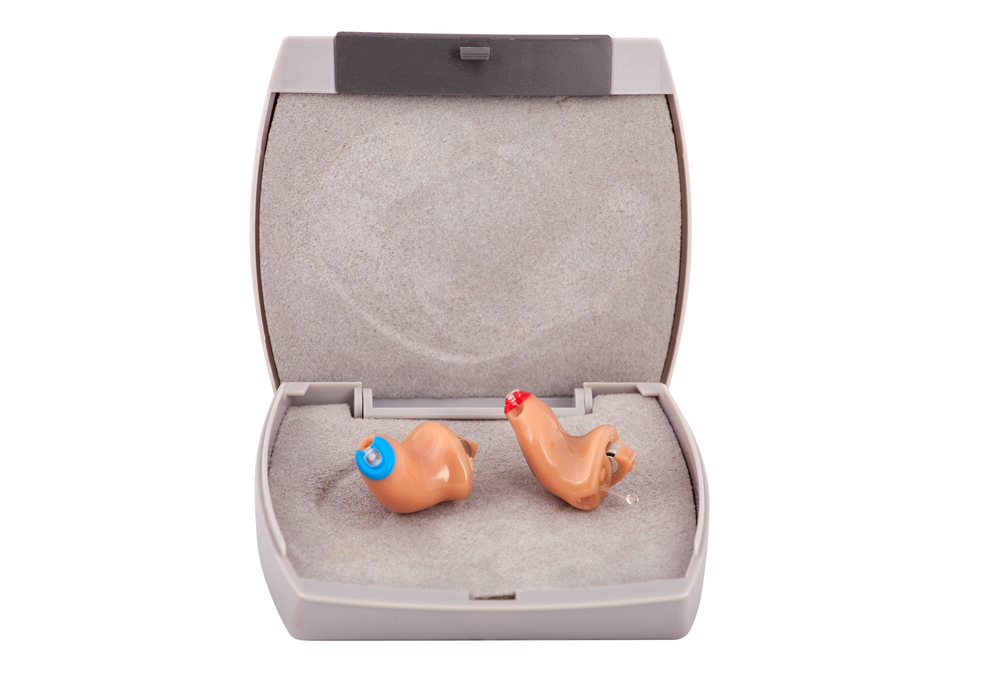
CIC (completely-in-the-canal) hearing aids are the smallest and least noticeable hearing devices on the market. Unlike other types of hearing aids, CIC devices are custom-molded to fit inside the ear canal and enhance hearing in mild to moderate levels of hearing loss. These devices are also lightweight, easy to insert, and equipped with a removable liner for easy cleaning.
CIC hearing aids are primarily designed to improve the quality of your hearing in quiet environments. These devices are typically molded to fit inside the ear canal, where excess noise is least likely to be picked up. Additionally, CIC hearing aids do not include any additional features or buttons that will affect your ability to hear in social situations. Compared to CIC hearing aids, CIC devices are less visible than their counterparts and can be worn round-the-clock or removed easily with a small string.
CIC hearing aids for severe-to-profound-hearing loss are the most discreet and comfortable hearing devices on the market. They do require daily removal but provide excellent performance. Although they are the most discreet hearing devices on the market, they are not as comfortable and easier to handle than other hearing devices. Despite these disadvantages, CIC hearing aids are an excellent option for severe-to-severe hearing loss.
Choosing between CIC and IIC hearing aids is a personal decision. Depending on your level of hearing loss, your priorities and budget will determine which type of hearing aid is best for you. CIC hearing aids are virtually invisible but may cause a “plugged-ear” sensation, so choose the right one for you. Fortunately, most major hearing aid manufacturers offer CIC hearing aids that work for different levels of hearing loss.
In-the-ear (CIC) listening devices fit inside the earmold and are custom-made for each patient. They fit inside the ear canal and come in different sizes. Unlike IIC hearing aids, these hearing devices do not require any external wires. They are also very lightweight. Most in-the-ear hearing aids are designed for moderate-to-severe loss.
ReSound devices
If you have a severe hearing problem, you may want to consider purchasing ReSound devices for severe hearing loss. However, they are not exactly cheap, and few insurance plans cover them. If you are concerned about the cost, it's best to consult an audiologist. In addition to their high price tag, ReSound devices are not adjustable from home. If you are looking for an affordable option, you can consider other companies that offer similar devices.
One of the top-tier ReSound devices is the ONE. It uses a microphone that is placed in the wearer's ear, mimicking the natural acoustics of the human ear. This allows the ONE to deliver the optimal sound experience, even in windy and noisy environments. The ONE is also compatible with Apple devices through Bluetooth and rechargeable batteries. It's available in a range of colors to match any style.
The ReSound ENZO Q hearing device is a complete hearing solution for people with severe-to-found-hearing loss. It uses the latest chip platform to provide high-quality sound from all directions while eliminating feedback. With two wireless accessories, the EnZO Q can work with any device with Bluetooth or GPS connectivity. The newest ReSound ENZO Q is rechargeable and is the world's most advanced rechargeable hearing aid.
ReSound devices for severe hearing loss are backed by a limited manufacturer's warranty. These warranties last from one to four years, and cover defects in manufacturing. This warranty also covers loss protection for a year after purchase, and it must be purchased through an authorized distributor. The warranty is valid only if the hearing aid is purchased through an authorized retailer. In case of damage, theft, or loss, the user must return it to a ReSound hearing care center for repair.
Conclusion
There are several options available for people with severe hearing loss, including hearing aids such as BTE, RIC, CIC, and ReSound devices, as well as cochlear implants. Each option has its advantages and disadvantages, and the best choice depends on factors such as the severity of the hearing loss, personal preferences, and budget. However, all of these options can provide significant benefits in improving hearing ability and quality of life for people with severe hearing loss. It's essential to consult with a hearing care provider to determine which option is best for each individual's unique needs.
Sources:
- American Speech-Language-Hearing Association. (n.d.). Hearing Aids. https://www.asha.org/public/hearing/hearing-aids/
- National Institute on Deafness and Other Communication Disorders. (2021). Cochlear Implants. https://www.nidcd.nih.gov/health/cochlear-implants
- Phonak. (n.d.). CIC hearing aids. https://www.phonak.com/us/en/hearing-aids/cic.html


